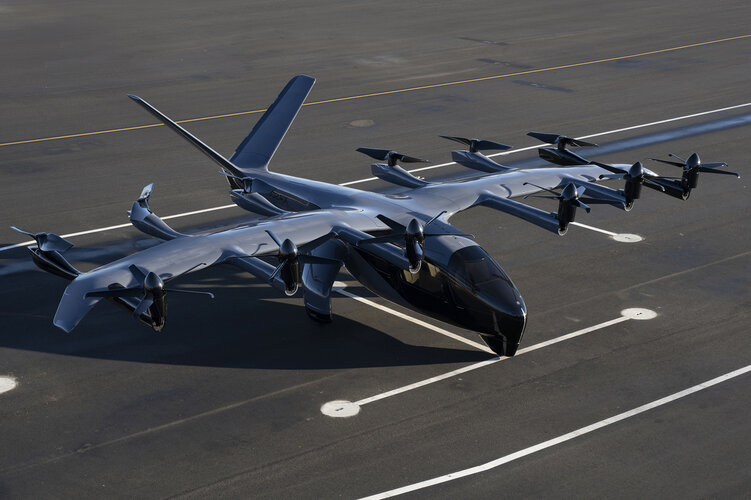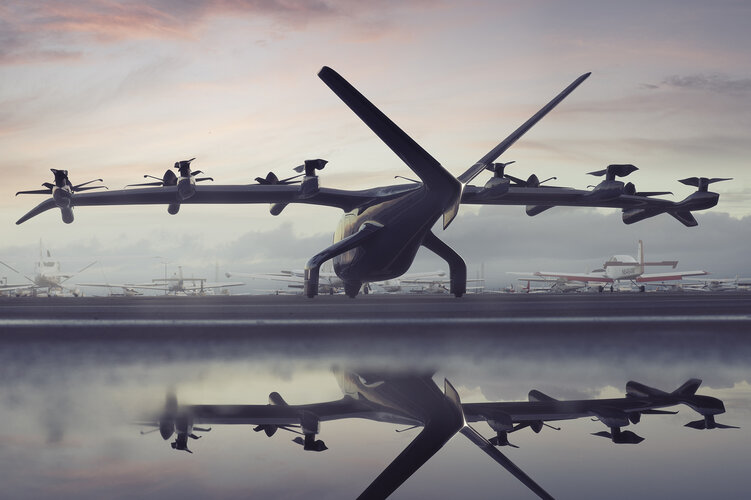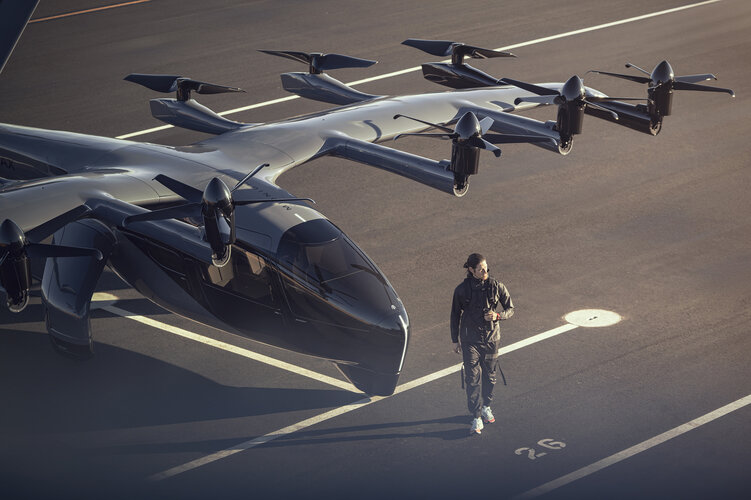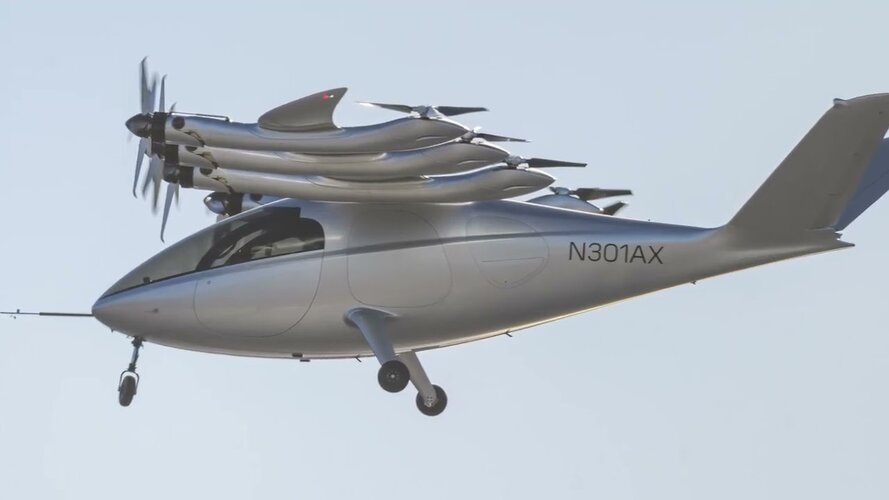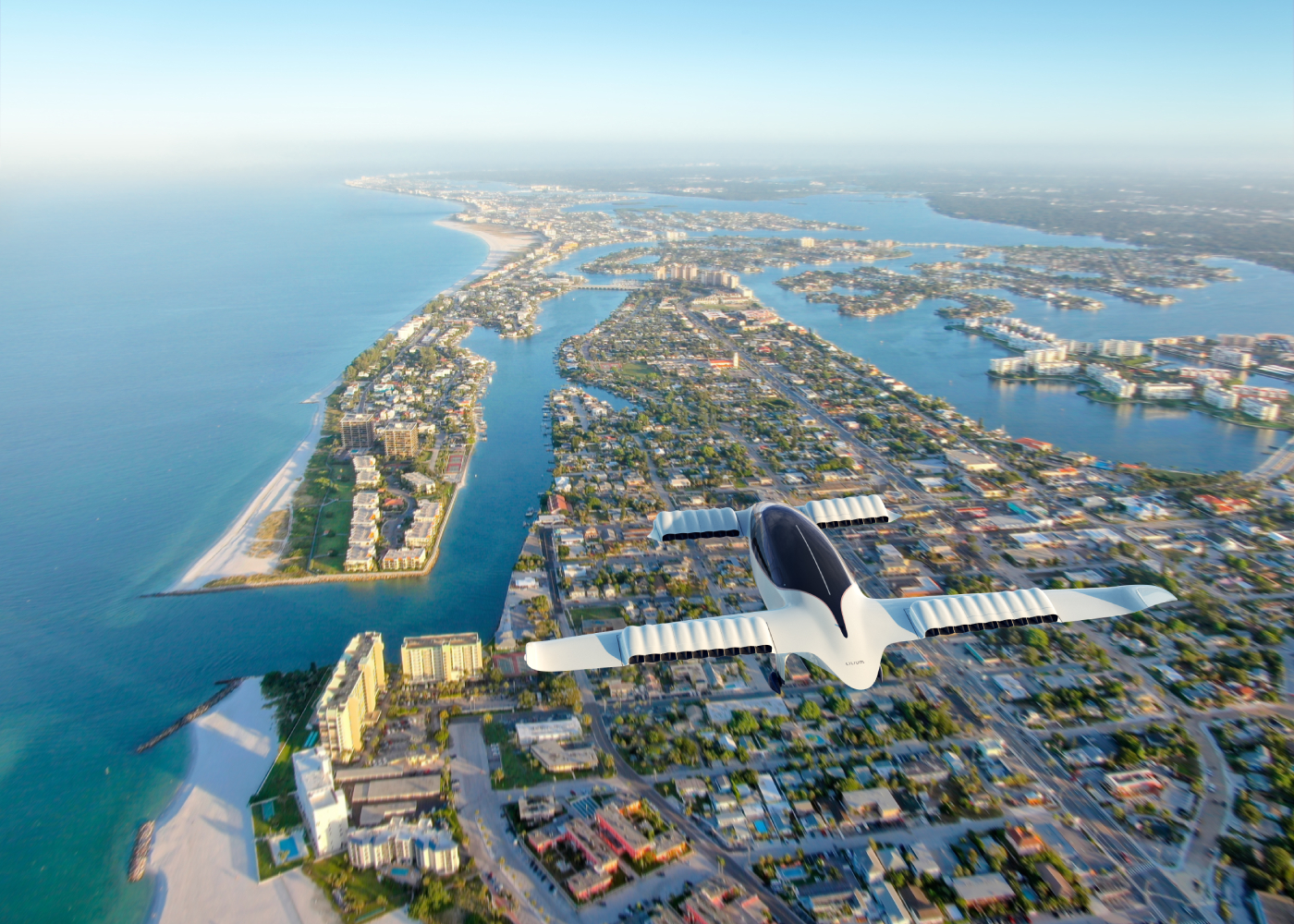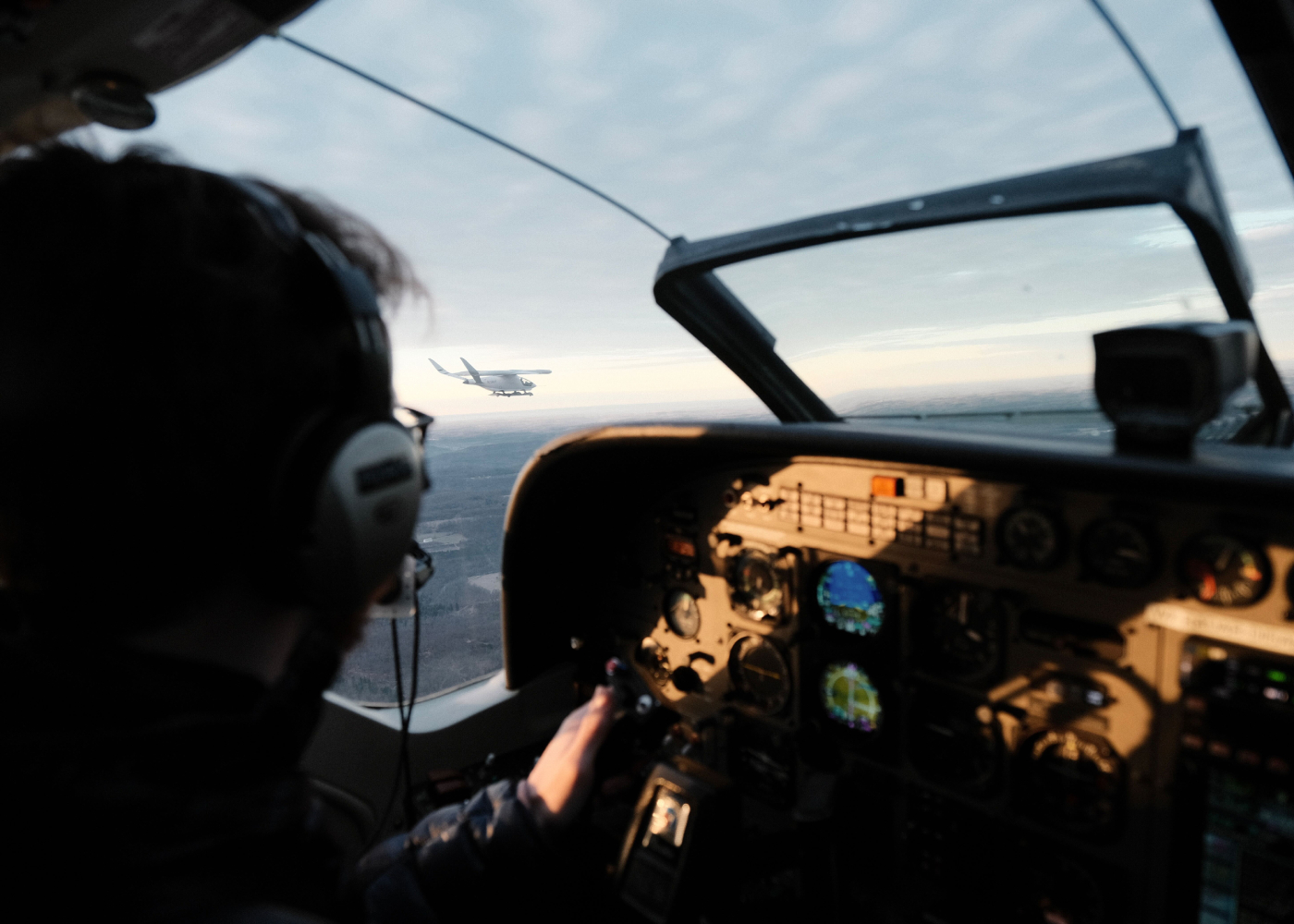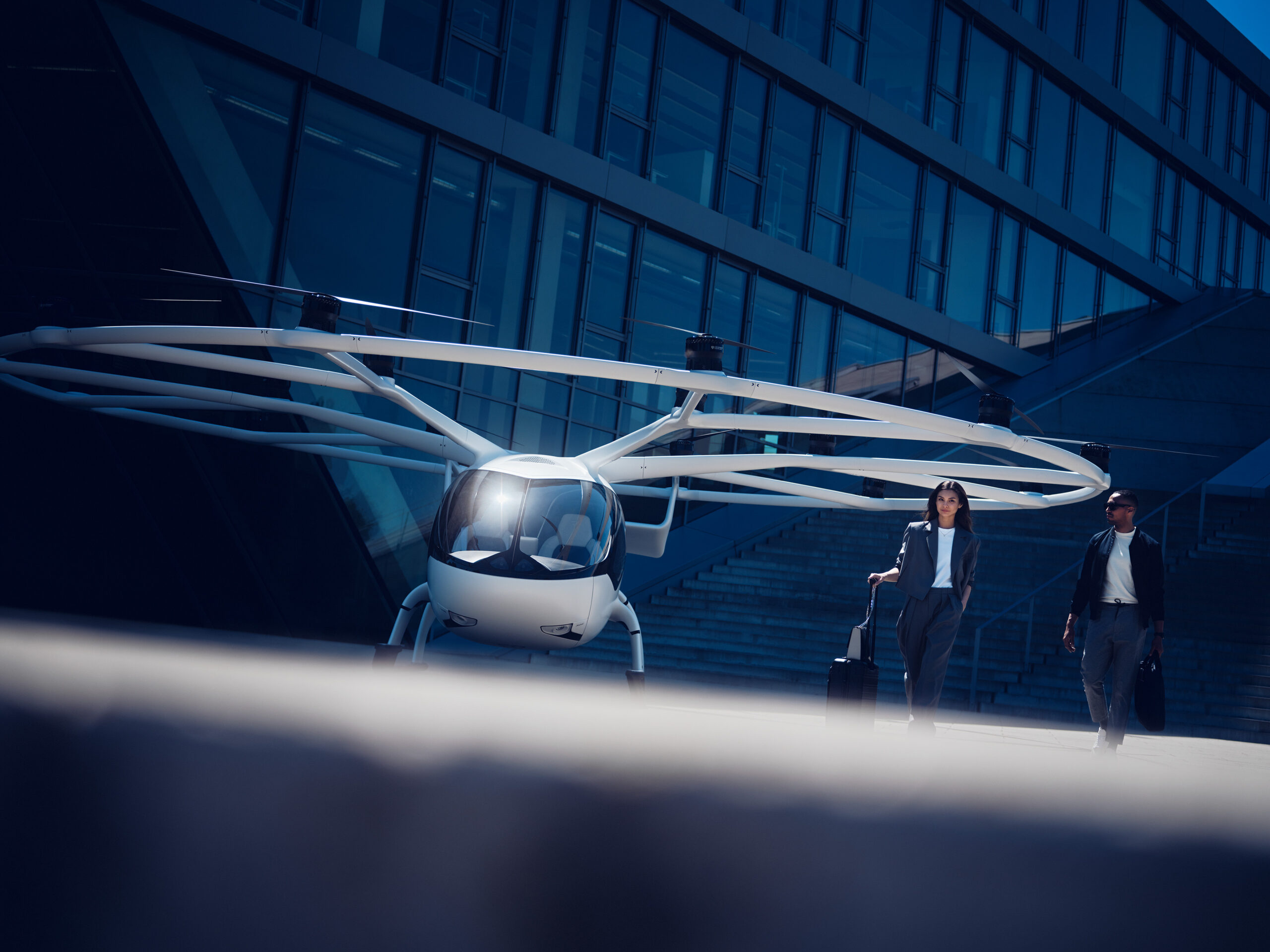- Joined
- 27 May 2008
- Messages
- 1,043
- Reaction score
- 2,003
EVTOL has following potential advantages:
1. Noise: distributed propulsion enables greater design space than those limited by mechanicals
2. Operating Cost
- Trade mechanical complexity with electrical system complexity, which should be cheaper
- Wings
- Electrical operation when applicable, means low cost for amount of energy used
3. Safety: Distributed propulsion redundancy
I see hybrid EVTOL eating the helicopter market far before (decades) general flying taxis stuff. If the point of the helicopter is VTOL transport, EVTOL would be better, since helicopter is a poor configuration and only used because more efficient configuration has too much mechanical complexity, a lesser issue with electrical architecture.
Ah let’s see;-
1 Noise, maybe for the prop designs but certainly not for the Lilium thunderjet. But maybe not, remember one slow revving prop is pretty quiet but some designs have x12.
2 Operating cost - Definitely not- it’s not only the electricity, it’s the fraction of the battery life that gets burnt every flight (renewal required maybe every 1000 charges so every few months), surprised if a hi spec, flight cert 1000kg + battery comes in at less than 500k , it’s the cost of the Megawatt sized recharging substation at that has to be shoehorned into billion dollar prime city real estate…. it’s not free of charge and eVTOLs are packed with control surfaces, prop pitch actuators for up to 42 blades etc, all duplicated, all viciously shaken by vibration, so all on hard cycle life overhaul.
3 Safety - Electric power exhaustion kills everything on board an eVTOL and indeed maybe those on board plus a few bystanders …. A 5 minute power reserve…. Safe?
Other objectionable points;-
- Visual intrusion - this makes up about a 10% of complaints about helicopters
- Prop downdraft damage
- Noise distribution, even lower noise levels get complaints if regular enough.
London’s helicopter noise complaints rose exponentially in the mid naughties as more flew over the city. So a maximum number airborne at any one time was introduced, which reduced the number in flight. Noise complaints dropped significantly, good job they thought, but strangely even though this cap has been in place there’s been an slowly increasing trend in noise complaints such that they’re nearly back at the same level…. Yes less helicopters are generating significantly more complaints.
Last edited:


